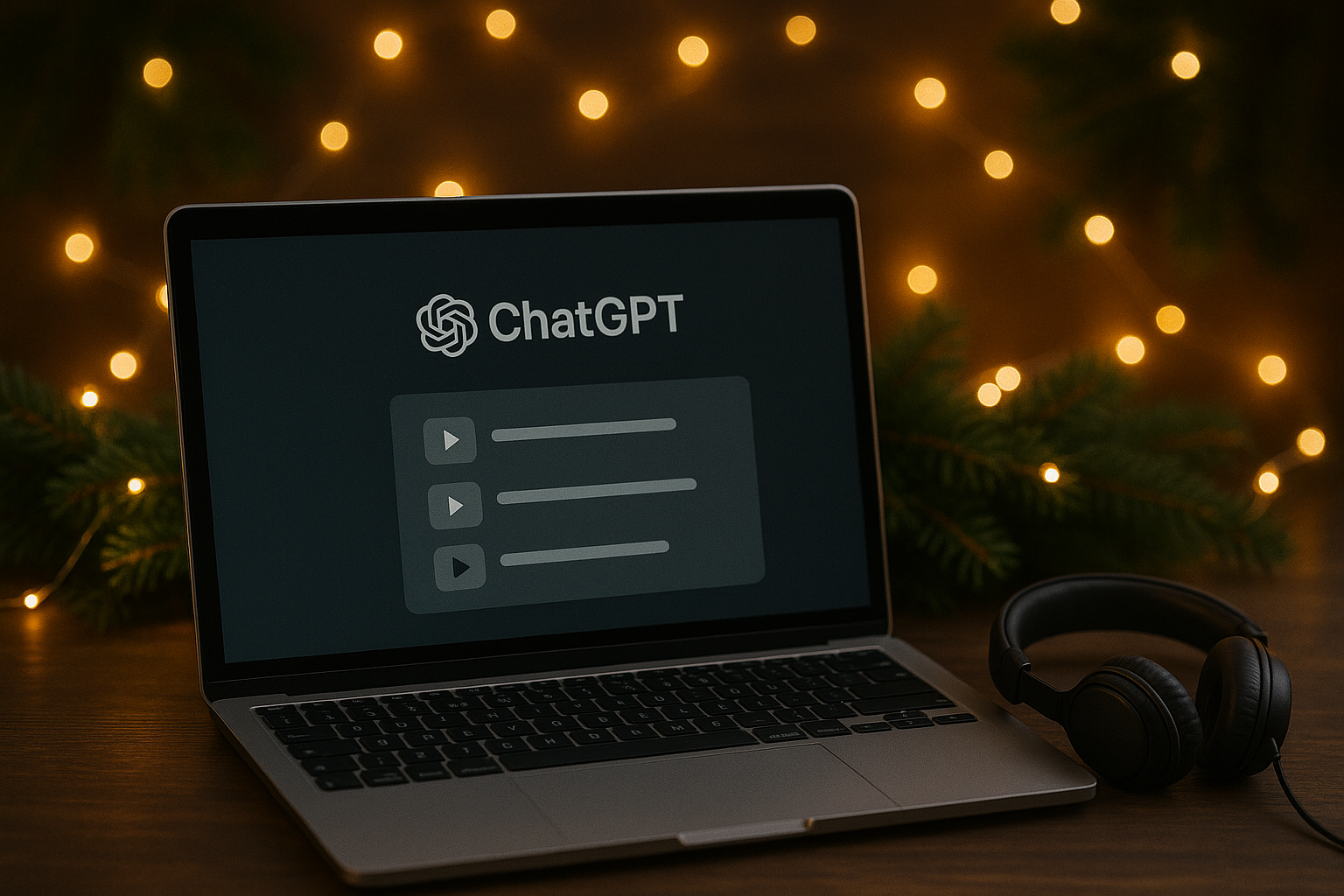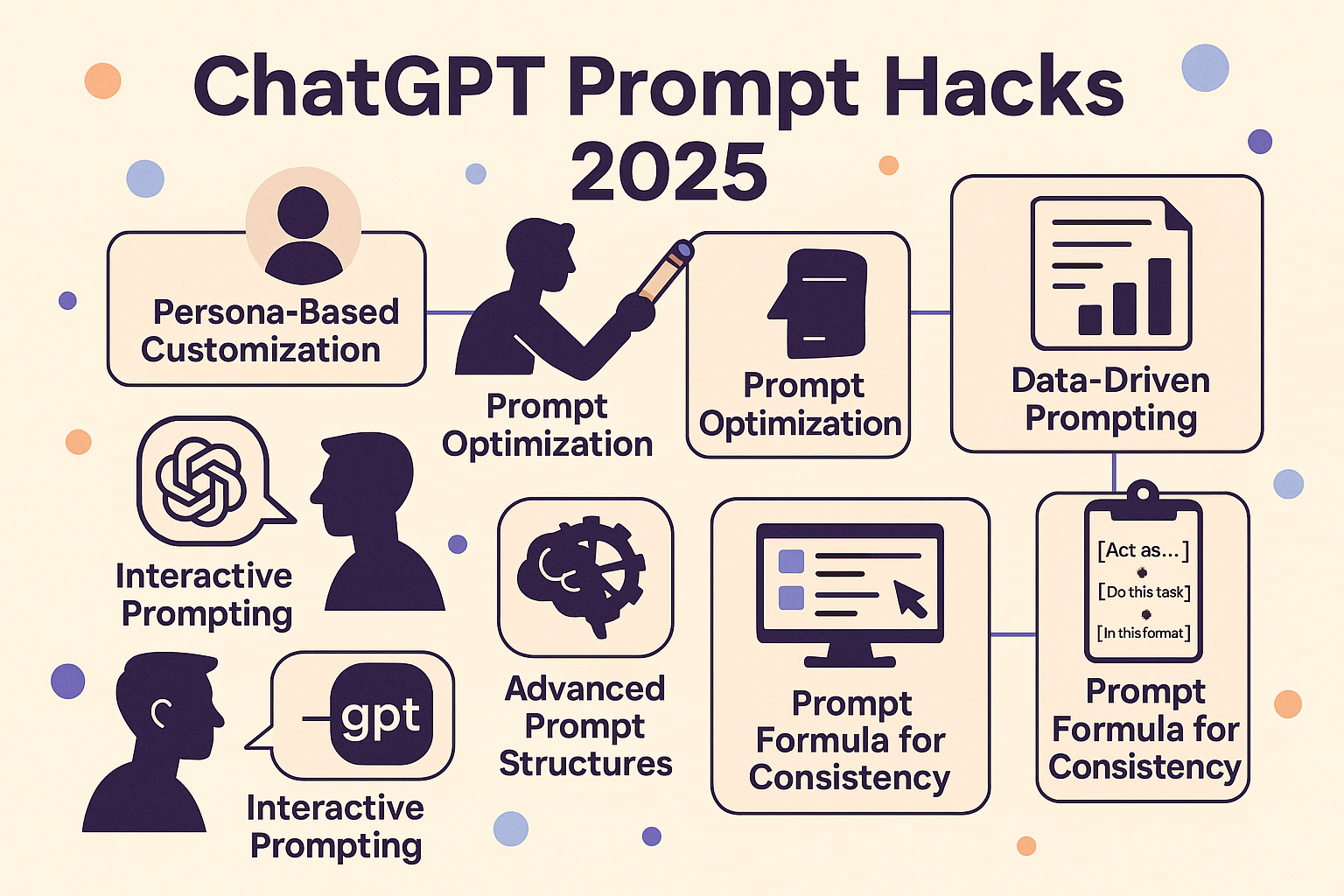Detecting Fraud with ChatGPT in Schools: A Comprehensive Guide
Unmasking AI-Assisted Academic Dishonesty

As we navigate the 21st century, the role of artificial intelligence (AI) in our lives continues to expand, permeating various sectors, including education. One AI tool that has gained significant attention in academic circles is ChatGPT, developed by OpenAI. While it has been lauded for its ability to generate human-like text, it has also raised concerns about academic integrity, particularly in the context of plagiarism and fraud. This article aims to provide a comprehensive guide on how teachers and schools can detect fraud with ChatGPT.
The Rise of ChatGPT in Academia
ChatGPT, a language model trained by OpenAI, has been widely adopted in academic settings for its ability to generate coherent and contextually relevant text. It's being used as a brainstorming partner, writing assistant, and even a spelling and grammar checker. However, its widespread use has also led to concerns about academic dishonesty, as students might use it to generate essays or complete assignments, thereby bypassing the learning process.
The Challenge of Detecting AI-Assisted Fraud
Detecting AI-assisted fraud presents a unique challenge. Traditional plagiarism detection tools work by comparing a student's work with a database of existing content. However, ChatGPT generates unique, original content each time, making it difficult for these tools to detect any wrongdoing. Furthermore, the quality of the text produced by ChatGPT can often be indistinguishable from human-written content, adding another layer of complexity to the detection process.
Ethical Implications and Academic Integrity
The use of AI tools like ChatGPT in academic settings raises important ethical questions. At the heart of these concerns is the issue of academic integrity. If students use AI to complete assignments, it undermines the educational process, as it's no longer clear whether the work submitted reflects the student's understanding and skills or the AI's capabilities.
Innovative Solutions for Detecting Fraud
Despite these challenges, educators and technologists are developing innovative solutions to detect and prevent AI-assisted academic fraud. Here are some strategies being employed:
- Use of Advanced Plagiarism Detection Tools: Newer plagiarism detection tools are being developed that can detect the subtle patterns and nuances in the text generated by AI, helping to identify potential cases of AI-assisted fraud.
- Changing Assessment Methods: Schools and universities are exploring alternative assessment methods that are less susceptible to AI-assisted fraud. This includes oral exams, in-person presentations, and practical assignments that require a demonstration of skills.
- Educating Students about Academic Integrity: Schools are also focusing on educating students about the importance of academic integrity and the potential consequences of AI-assisted fraud. This includes clear guidelines on the acceptable use of AI tools in academic work.
- AI Ethics Policies: Some institutions are implementing AI ethics policies that explicitly address the use of AI tools like ChatGPT in academic work. These policies provide clear guidelines on what constitutes acceptable use and the penalties for violations.
The Future of AI in Education
While the rise of AI in education presents challenges, it also offers opportunities. AI can be a powerful tool for learning and teaching, providing personalized learning experiences and freeing up teachers' time. The key is to strike a balance between leveraging the benefits of AI and maintaining academic integrity.
As we continue to navigate this new frontier, ongoing dialogue and collaboration among educators, students, technologists, and policymakers will be crucial. Together, we can ensure that AI is used responsibly in education, enhancing learning while preserving the principles of academic integrity.
In conclusion, detecting fraud with ChatGPT in schools is a complex issue that requires a multifaceted approach. By combining advanced technology, innovative assessment methods, education, and clear policies, we can address this challenge and ensure that AI serves as a tool for learning, not a shortcut to academic success.
AI Plagiarism Detection Tools
There are several AI plagiarism detection tools available that can help identify AI-generated content. Here are a few:
- GPTRadar: This tool is specifically designed to detect content generated by GPT models.
- Copyleaks: An AI-based platform used by millions worldwide to detect plagiarized content and AI-generated content.
- Plagibot: This AI plagiarism checker allows users to upload various document types and checks for plagiarism.
- ContentDetector.ai: A free AI content detector and ChatGPT plagiarism Checker that can check for any ChatGPT generated content and AI-generated content or text.
- Plagium Originality AI Detector: A GPT-based plagiarism detection tool designed specifically to identify AI-generated text that has been copied.
These tools can be a valuable resource for educators and institutions looking to maintain academic integrity in the age of AI.
On July 20, OpenAI, the company behind ChatGPT, quietly discontinued its AI detection software, AI Classifier, citing its low rate of accuracy. The tool, which was designed to distinguish between human-written and AI-generated text, was found to correctly identify only 26 percent of AI-written text. More alarmingly, it produced false positives—instances where human-written text was incorrectly flagged as AI-generated—9 percent of the time 1. This development has raised concerns, particularly in the education sector, where AI detection software was seen as a crucial tool in the fight against AI-generated plagiarism.
The discontinuation of AI Classifier is symptomatic of a larger issue in the field of AI plagiarism detection. As Marc Watkins, a professor specializing in AI in education, noted, the shutdown is an acknowledgement that AI detection software doesn't work across the board 1. This sentiment is echoed by the results of a Twitter poll, in which only 15.3 percent of respondents expressed belief in the possibility of creating a consistently accurate detector.
The implications of inaccurate AI detection extend beyond the realm of academia. False positives can lead to wrongful accusations of plagiarism, particularly among non-native English speakers, who are more likely to be misflagged by AI detectors 1. This highlights the need for more reliable and nuanced detection tools that can accurately differentiate between human and AI-generated content.
Despite these challenges, there are numerous detection tools available that aim to identify AI-generated content. Some of the most popular include GPTZero, Originality.ai, Copyleaks, and Turnitin. However, the effectiveness of these tools varies, and no single tool is 100% accurate. As such, it's important for users to exercise caution and discretion when using these tools.
In conclusion, while the development of AI writing tools like ChatGPT has brought about new challenges in the form of AI-enabled plagiarism, it has also spurred innovation in the field of plagiarism detection. As technology continues to evolve, so too will the tools and strategies used to ensure the integrity of written content. The key to navigating this complex landscape lies in understanding the capabilities and limitations of these tools, and in developing comprehensive, multi-faceted approaches to combating plagiarism in the age of AI.
FAQs:
- Can ChatGPT detect plagiarism? ChatGPT itself does not have built-in plagiarism detection capabilities. However, there are external tools available that aim to detect AI-generated content, including content produced by ChatGPT.
- Is there plagiarism in ChatGPT? While ChatGPT generates original text based on patterns learned from training data, it can sometimes produce text that closely resembles existing content. This has raised concerns about potential plagiarism.
- How to avoid plagiarism with ChatGPT? It's important to use ChatGPT responsibly and to always credit the tool when using its generated content. Additionally, users should refrain from using AI-generated content to misrepresent their own abilities or knowledge.
- Are ChatGPT detectors accurate? The accuracy of ChatGPT detectors varies. While some tools have been found to be relatively effective, none are 100% accurate, and false positives are possible.



